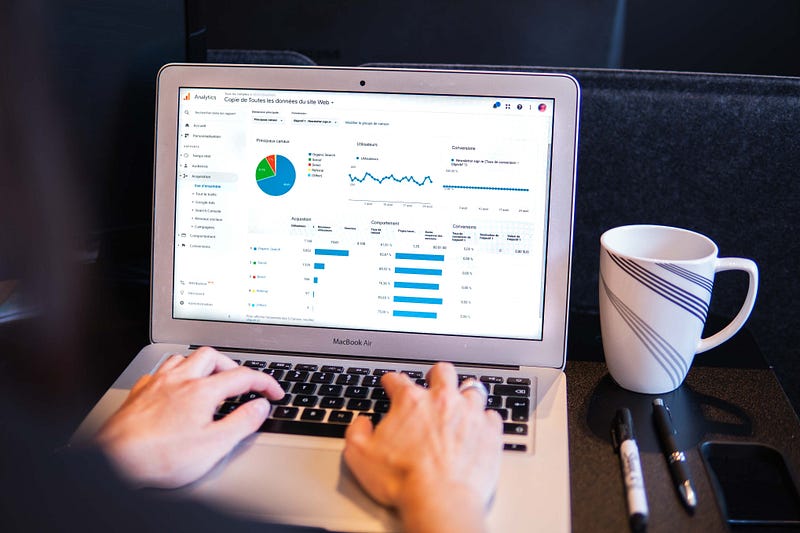Understanding Data Science: Merging Data with Scientific Insight
Written on
Chapter 1: Introduction to Data Science
Data science combines the disciplines of data analysis and scientific methodology to derive insights from extensive datasets. It encompasses the processes of gathering, analyzing, and deriving predictions from substantial amounts of information.
Various sources provide data, including individuals, machines, environmental factors, and even extraterrestrial environments—depending on the project’s nature. Data collection methods can vary widely, from surveys completed by people to information harvested from sensors embedded in Internet-connected devices, known as the Internet of Things (IoT). This practice of managing and analyzing vast datasets is often referred to as “big data.”

Photo by Myriam Jessier on Unsplash
After data collection, the next step involves organizing and analyzing the data using statistical techniques to extract meaningful insights. This process may include calculating averages, medians, and modes through descriptive statistics, or identifying patterns and trends via inferential statistics. Such analysis helps in understanding the dataset and establishing connections for predictive purposes.
Subsequently, the findings are often compiled and customized for presentation to specific audiences. Data visualization is an essential technique used to transform raw numbers into more engaging formats, such as graphs, tables, and charts, making the information easier to digest.
Data science has proven its worth across various sectors. For example, extensive genetic data analyses contribute to developing cures for diseases, such as COVID-19. Similarly, finance departments may leverage data science for predicting economic outcomes under different scenarios, like a pandemic. When combined with machine learning, data science empowers predictive analytics, enabling machines—such as self-driving cars—to learn from their surroundings and adapt to changes. Furthermore, data science can analyze social media activity to forecast human behavior.

Photo by Brett Jordan on Unsplash
Given the ubiquitous nature of data, data science has evolved into a multi-billion-dollar industry. This demand has led to a surge in data scientist positions, resulting in numerous universities worldwide offering training programs in this field. Data scientists typically possess skills in data collection, database management, statistical analysis, and programming languages like Python and R.
In conclusion, data science is fundamentally about utilizing the scientific method to interpret vast datasets. Its significance is increasingly recognized as it empowers individuals and organizations to make informed decisions across diverse domains. The ever-growing volume of data available for analysis underscores the urgent requirement for skilled data scientists.
Chapter 2: The Role of Data Visualization
The first video titled "What is Data Science?" provides a comprehensive overview of the field, illustrating its core principles and applications.
The second video, "What I actually do as a Data Scientist (salary, job, reality)," offers a glimpse into the daily life of a data scientist, including insights on job expectations and realities.
For another tech article, please click here:
Why I Love Python Programming
Python is a versatile programming language that can be used for a variety of applications. It is relatively easy to…